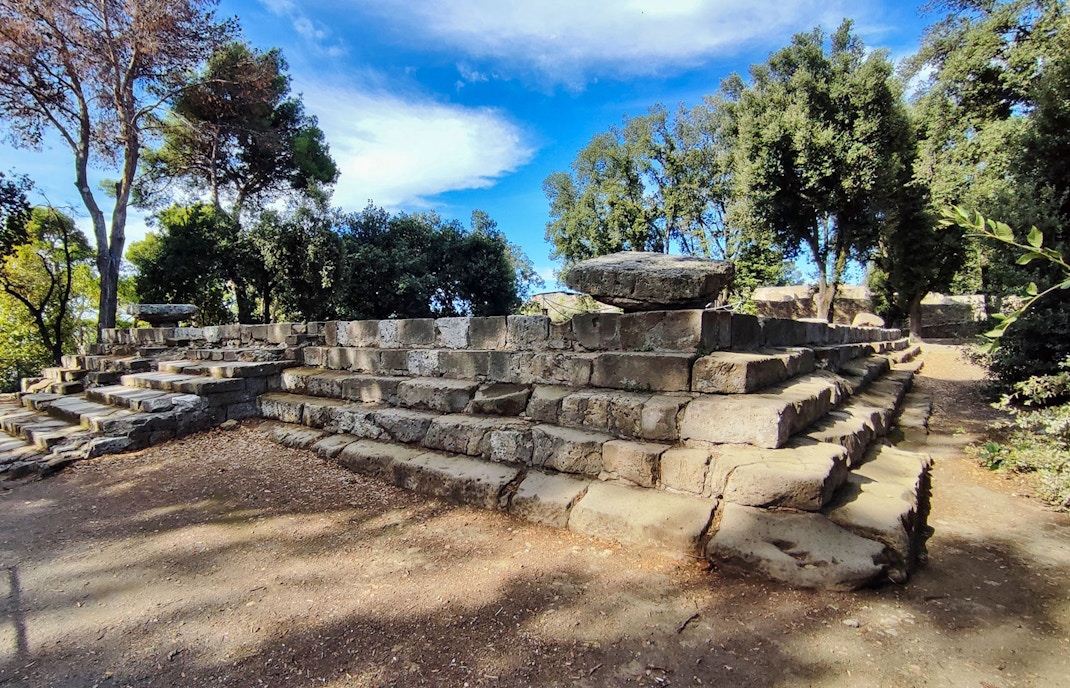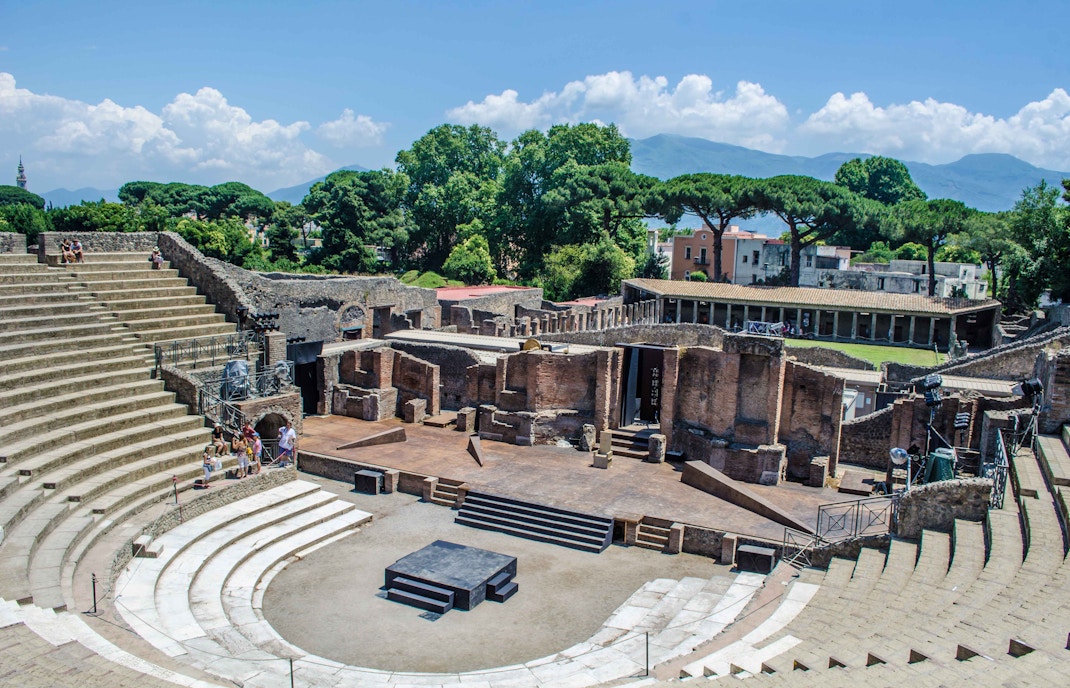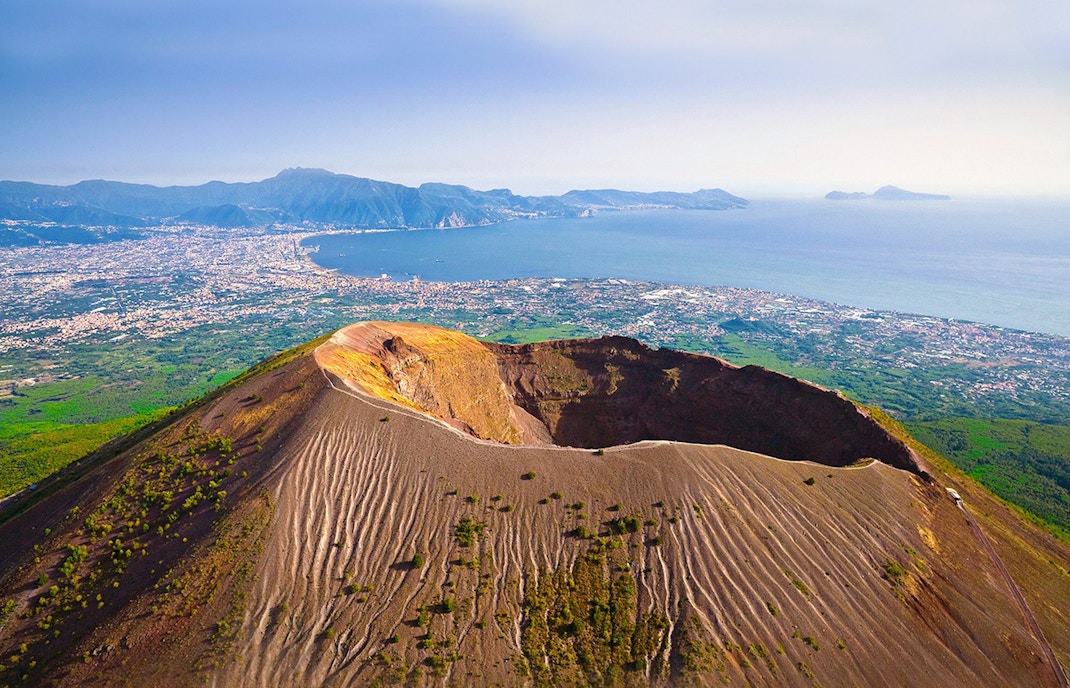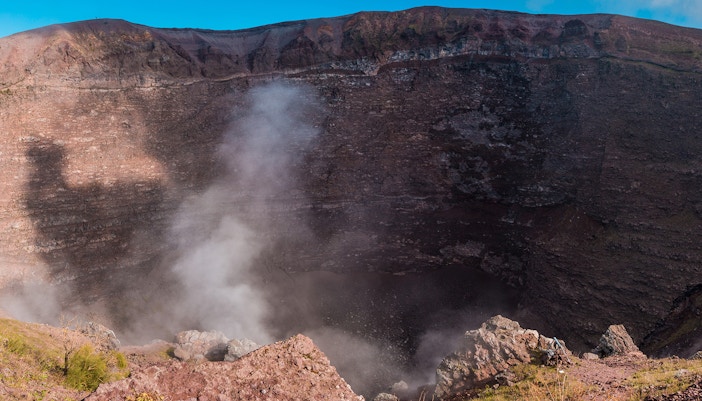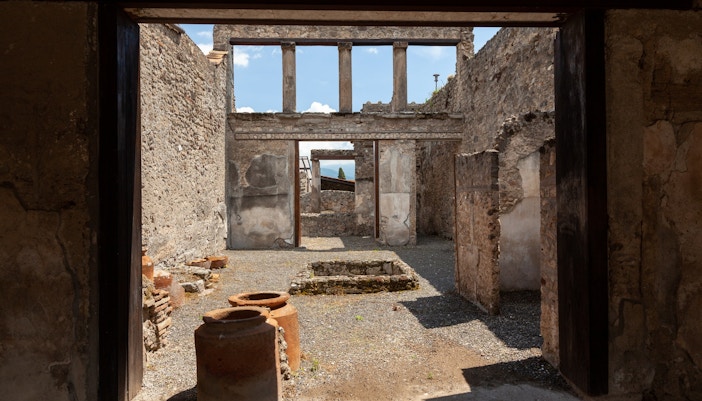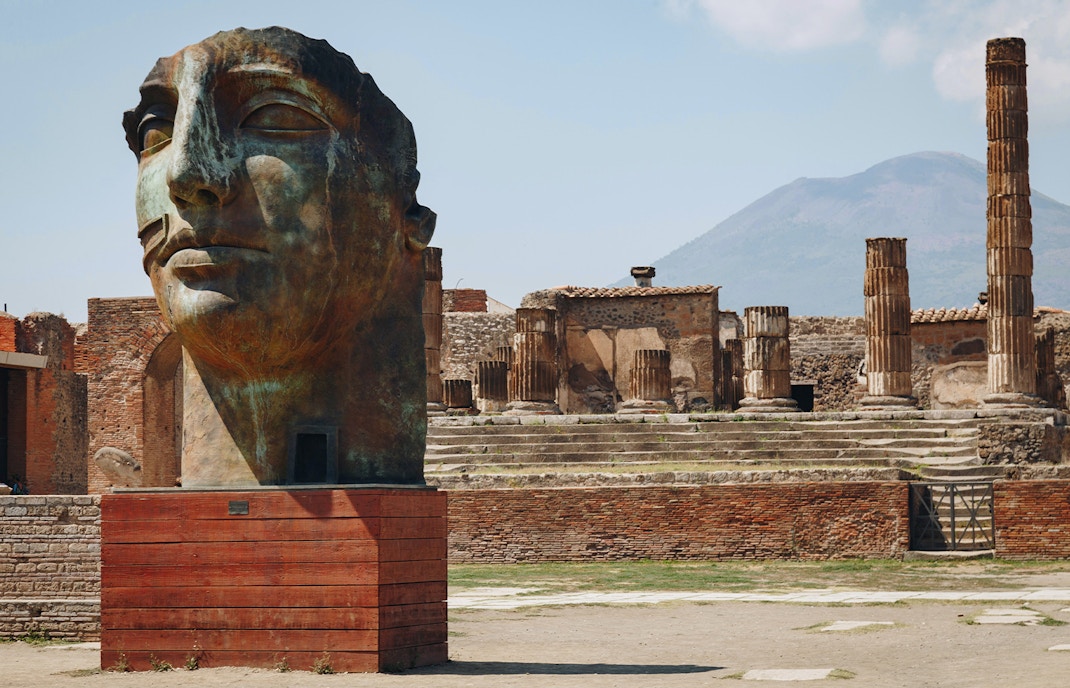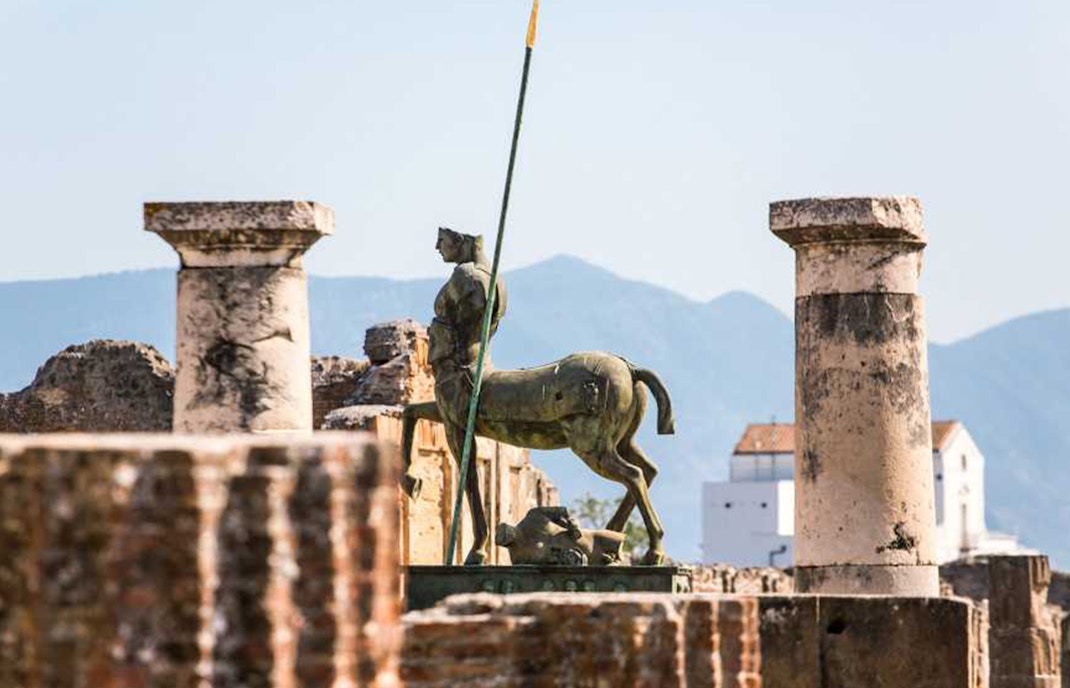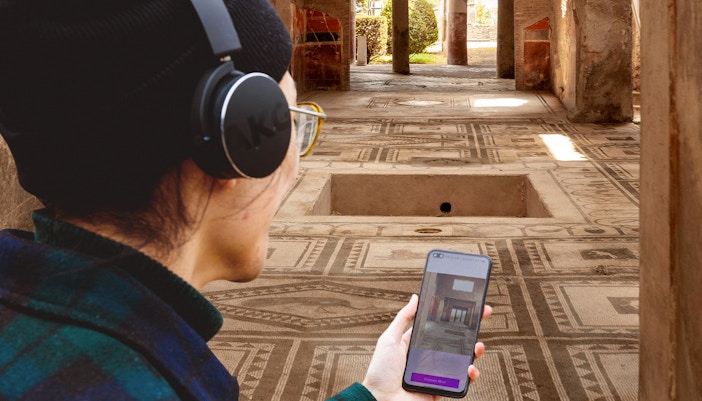740 A.C.
Originalmente, os Oscanos se estabeleceram ao longo das encostas próximas à costa, mas foi a chegada dos gregos e etruscos no século VIII a.C. que colocou a cidade portuária de Pompeia no mapa.
O Templo Dórico, hoje conhecido como Fórum Triangular, era o edifício mais significativo da época. No século VI a.C., a comunidade era cercada por uma impressionante muralha de tufo, indicando que seus moradores eram ricos, talvez devido ao florescente comércio marítimo. Os etruscos também colonizaram as áreas vizinhas e começaram a controlar as forças armadas, e Pompeia logo se tornou parte da Liga Etrusca de Cidades.
Sabe-se que a comunidade construiu o Templo de Apolo junto com um fórum primitivo e várias casas. No entanto, seu reinado durou pouco porque a cidade grega de Cumae, juntamente com Siracusa, ganhou o controle da região ao derrotar os etruscos na Batalha de Cumae em 474 a.C.
